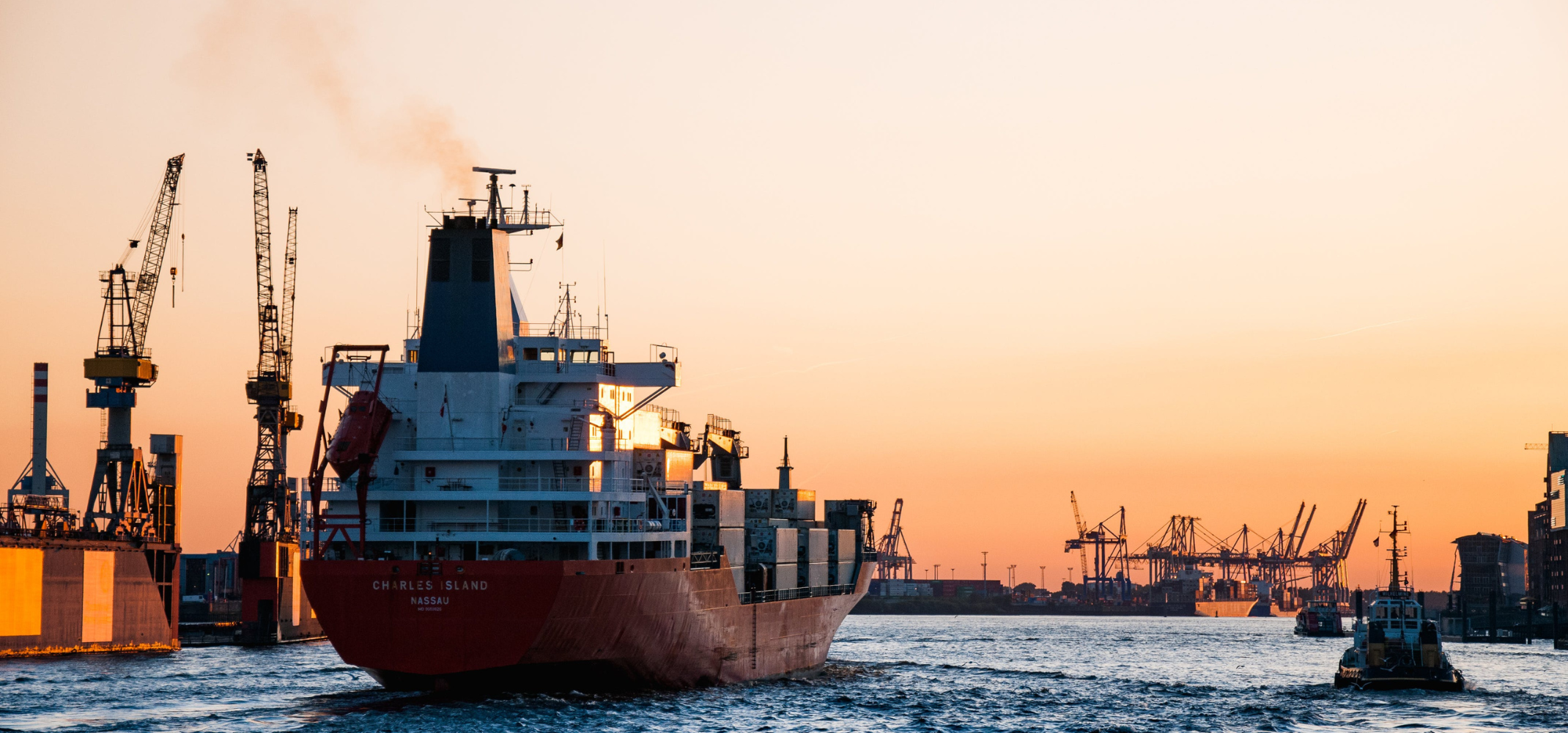Impact of Red Sea Crisis

Shipping Companies Sending Vessels Around Cape of Good Hope
The Red Sea, the narrow artery feeding the Suez Canal and connecting the Mediterranean Sea with the Arabian Sea and Asia is seeing severe disruptions for shipping companies. Militant attacks on shipping vessels mean shipments must now be rerouted around Africa, in what is being described as the “biggest shipping upheaval since the COVID-19 pandemic”.
Yemeni Houthis have been launching drones and missiles since the beginning of December, in a stated show of support for Hamas. Despite the presence of the US military in the Red Sea, the Houthis have launched over 100 attacks. President Biden has announced a maritime task force designed to restore order and calm to the Red Sea, but European allies, including Spain and Italy, are already distancing themselves from the military operation. Faced with a lack of safe options for crews, ships and goods, shipping companies are rerouting deliveries by the Cape of Good Hope, resulting in delays and higher prices being passed along to consumers.
General Rate Increase Coming January 1, 2024
Carriers will be applying a $1,000 General Rate Increase (GRI) for TP Trade due to the attacks on ships in the Red Sea on January 1. Please note that the attacks are not limited to Israeli ships, leading to an increase for all shipments. Europe and Latin American trade would see a $2,000 GRI from the same date with extremely full vessels, which are also affected by the dry season “traffic jam” in the Panama Canal.
It is important to budget for this GRI in January, especially with Chinese New Year only a few short weeks away.


Reasons for General Rate Increase
There are four main reasons for this GRI.
1. The continued delay through Panama due to drought is resulting in vessels not returning on time for their next shipments.
2. Black Friday and Christmas cleared a large volume of inventory and merchants are looking to refresh their stock.
3. Factories will close 1-2 weeks ahead of the Chinese New Year. Festivities are planned from February 9th, 2024-February 17th, 2024, leading to a cargo rush the first three weeks of January 2024.
4. Finally, the most prominent reason for the price increase is the continued Houthi attacks on commercial vessels in the Red Sea. Carriers are not providing service through the Red Sea and the Suez Canal. This results in a 1-2 week delay as shipments must bypass South Africa’s Cape of Good Hope.
Why Is the Red Sea an Important Shipping Lane?
Despite the Red Sea being 170,000 square miles in size, less than ⅕ the size of the Mediterranean, it is an incredibly important part of the global supply chain that connects Asia to Europe. Practically every good produced in Asia that is sold in Europe will pass through the Suez Canal.
Lack of access to the Red Sea creates a chain reaction leading to shipping delays around the glove.
1. Transit time for shipments originally planned for the Suez Canal need 1-2 weeks or even longer to travel around the Cape of Good Hope.
2. Capacity is reduced, due to fleets not returning on time, which lead to blank sailings.
3. Lack of space on shipments results in time sensitive cargo paying extra to reduce wait time.
4. The Cape of Good Hope can potentially see congestion as more vessels are diverted through it.

SiShips Gives You the Advantage
SiShips combines expertise with state of the art software to bring you high quality domestic and international shipping solutions. We put the shipper in control, offering efficient and cost effective ways to ship your product.
To learn more about managed transportation with SiShips or to view a demo of our software, contact us today.

